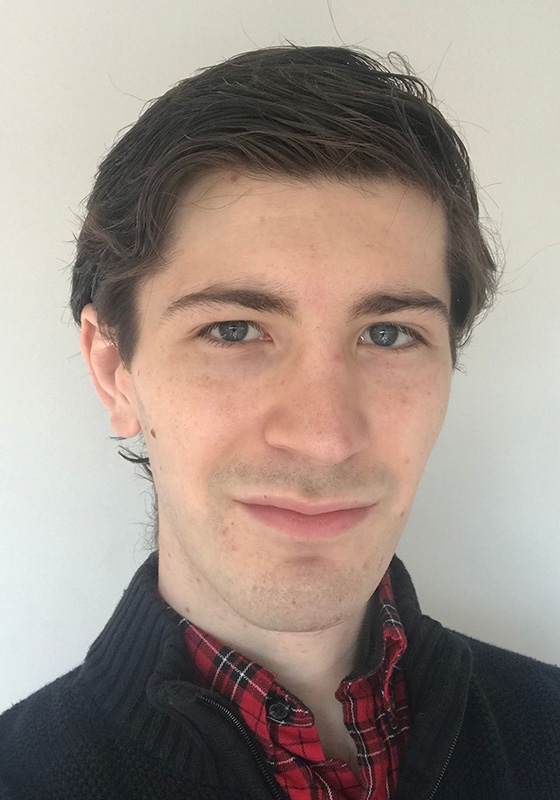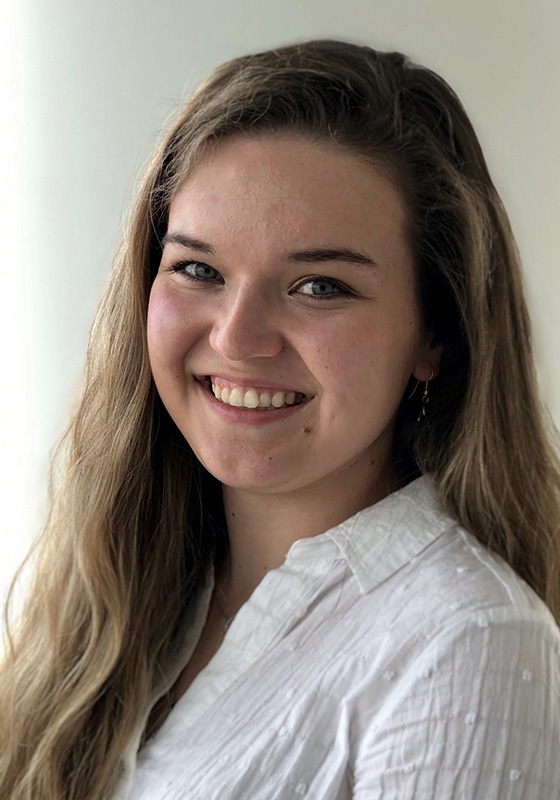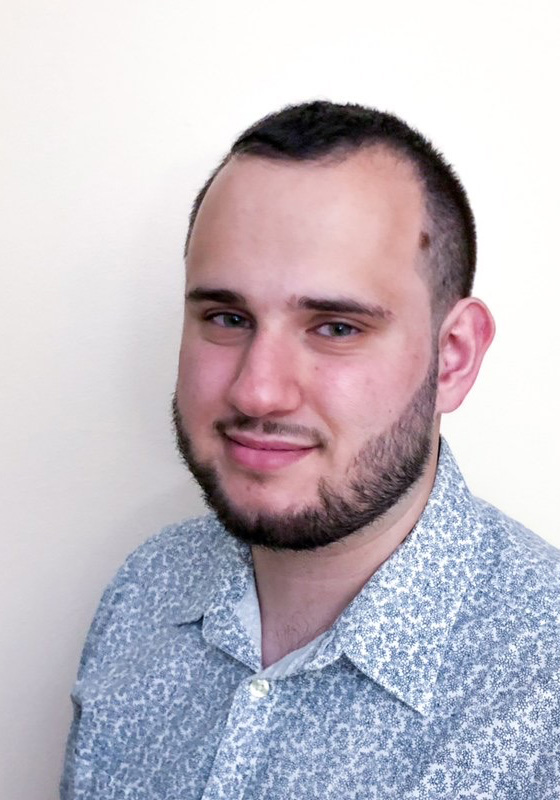
Gabriel Bury graduated from Carleton College with a Bachelor of Arts in Physics. He is currently a 3rd year Ph.D. student in Dr. Yulia Pushkar’s research group in the Department of Physics. His research interests are focused on photosynthesis, as the conversion of visible light to chemical energy by means of a synthetic device is an attractive idea for energy storage. Such devices require efficient water oxidation catalysts (WOCs) able to be incorporated into a molecular assembly onto electrode surfaces. The study of the Oxygen Evolving Complex (OEC) protein cluster of Photosystem II (PS II) and of potential WOCs is at the center of his research. Gabriel uses a variety of computational and spectroscopic methods to study these structures. Use of density functional theory calculations allows for a greater understanding of the energetics of the Kok cycle of PS II and of WOC mechanisms, with transition state calculations providing greater insight. He uses Raman spectroscopy and Electron Paramagnetic Response techniques at Purdue, and he uses a variety of X-ray absorption and emission spectroscopy methods at Argonne National Lab in order to better understand these systems..
Emily graduated from Grand Valley State University with a BS in Cell and Molecular Biology and Dance in 2018. She is currently a third year PhD candidate, mentored by Dr. Robert Stahelin in the Department of Medicinal Chemistry and Molecular Pharmacology. Her current focus is on novel lipid kinase, ceramide kinase (CERK), which is implicated in a variety of inflammatory diseases. CERK’s critical role in regulating ceramide, a cell death signal, and ceramide-1-phophate, a cell survival signal. Upon overexpression of CERK, causes an accumulation of C1P which is known to induce cell proliferation and inflammation. Inhibitors have been developed that target CERK activity, however poor bioavailability prevents these inhibitors from clinical relevance. Emily plans to use a variety of techniques from X-ray crystallography, SAXS, to Cryo-EM in order to determine the structure of CERK which would allow for a more targeted approach to drug development. Although her current focus is on CERK, Emily has a passion for studying viruses, like SARS-CoV-2 and Ebola virus, with the primary objectives of understanding lipid-protein interactions for therapeutic targets. Her long-term goals are to understand the structure of critical proteins implicated in various diseases in order to use that structural information to help facilitate structure-based drug development, discovery, and repurposing.
Igi Vilza graduated with a Bachelor of Science in Biochemistry from Saint Louis University. He is now in his 2nd year working under Dr. Angeline Lyon in the Department of Chemistry. His current research concerns mammalian phospholipase C (PLC) isozymes, which cleave phosphatidylinositol-4,5-bisphosphate (PIP2) into the second messengers diacylglycerol and inositol-1,4,5-triphosphate. These messengers control the release of intracellular calcium and the activation of protein kinase C. Because PIP2 is membrane-localized, PLC enzymes must interact with the membrane in order to carry out hydrolysis. Igi is devising approaches to generate compressed phospholipid monolayers with varied composition, and with the heterotrimeric G protein subunits Gαq and Gβγ, which are the canonical activators of PLCβ. He can detect, image, and quantify topological features of PLC complexes by utilizing atomic force microscopy (AFM), generating information on the height, size, and spatial localization of proteins on the membrane. Together with biochemical assays and other biophysical techniques, Igi can identify the impact of membrane physical and chemical properties on PLC regulation, and the roles G protein activators play in the process.

